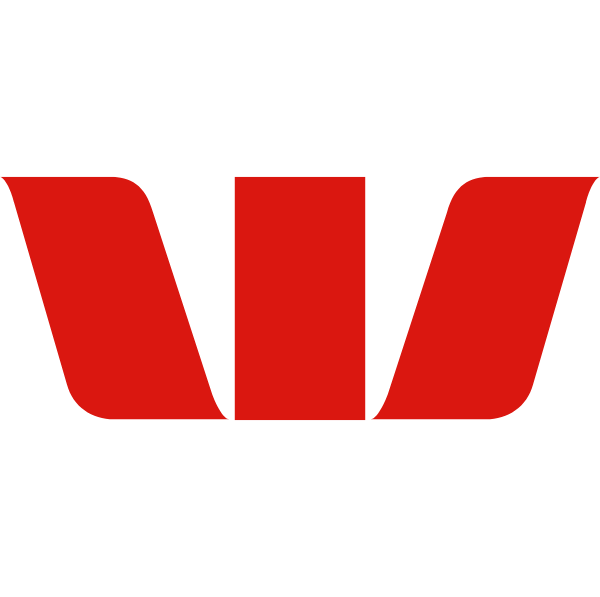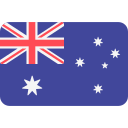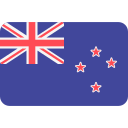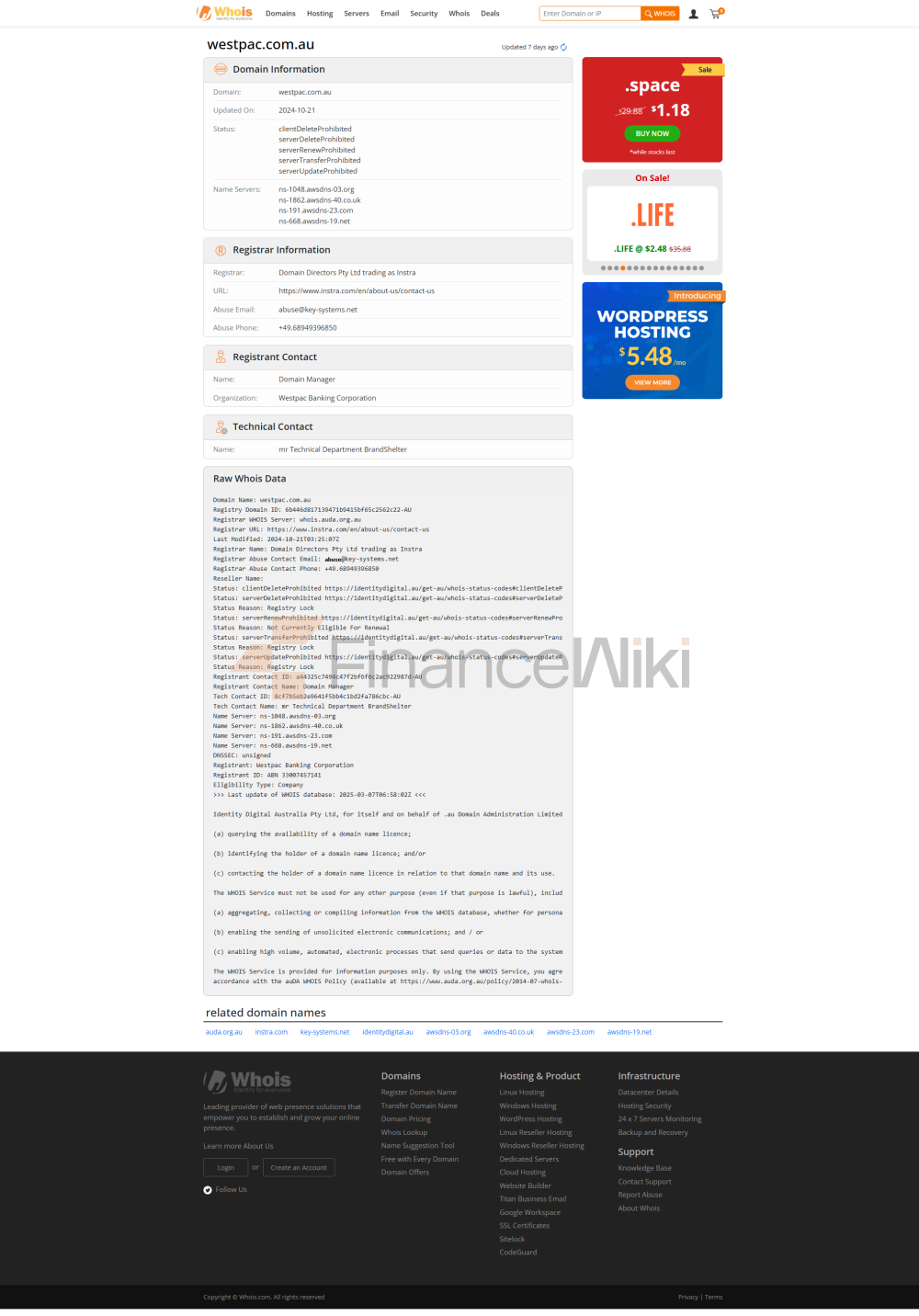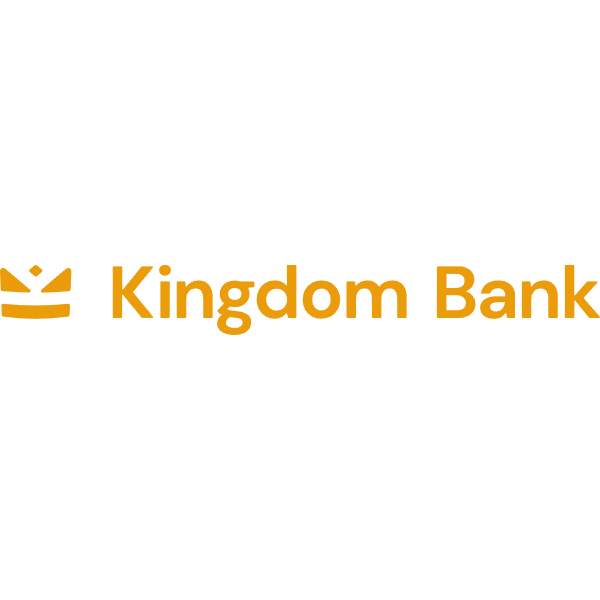Banking Basics
Westpac Banking Corporation is a commercial bank founded in 1817 as the Bank of New South Wales and founded by businessmen and entrepreneurs in Sydney to support the colonial economy. In 1982, through a merger with the Australian Commercial Bank, the bank changed its name to Westpac, taking its name from the combination of "Western" and "Pacific", reflecting its vision to become a significant bank in the Western Pacific region. The headquarters is located at Westpac Place, Sydney, New South Wales, Australia.
Shareholder Background: Westpac is a publicly traded company listed on the Australian Securities Exchange (ASX) under the ticker symbol WBC, with the largest shareholders including institutional investors such as superannuation funds and insurance companies, as well as individual investors. A.P. Moller Holding (controlled by the Maersk family) holds approximately 21% of the shares, with a stable shareholding structure that supports the bank's long-term strategy.
Scope of Services: Westpac primarily serves Australians and New Zealand with a presence for personal, commercial and institutional clients. In Australia, banks have about 24% of the lending market share and 27% of the deposit market; In New Zealand, it is one of the largest banks. In addition, the bank has operations in seven South Pacific countries including Fiji, Asia (through a representative office in London), Europe and North America. As of 2024, Westpac has approximately 800 branches (approximately 700 in Australia and 100 in New Zealand) and offers more than 50,000 ATMs through the Global ATM Alliance for easy access to and from customers.
Regulation & Compliance: Westpac is regulated by the Reserve Bank of Australia (RBA) and the Australian Prudential Regulation Authority (APRA) and regulated by the Reserve Bank of New Zealand (RBNZ). Banks participate in Australia's Financial Services Compensation Scheme (FCS) with deposit insurance coverage of up to A$100,000 (approximately US$67,000) per person per bank. In terms of compliance records, in 2016, the Australian Securities and Investments Commission (ASIC) filed a lawsuit against the bank, accusing it of manipulating benchmark interest rates, resulting in fines and reputational damage. In 2020, APRA required banks to sign enforceable commitments due to anti-money laundering (AML) violations, and banks have since strengthened their risk governance and compliance measures. In 2025, the bank partnered with INTERPOL to further enhance its anti-money laundering and anti-financial crime capabilities, without reporting new significant compliance issues.
Financial healthWestpac's
financial health is a key reflection of its position as a leading Australian bank. The following are the key financial indicators as of September 30, 2024:
capital adequacy ratioThe core Tier 1 capital adequacy ratio (CET1) was 12.49%, the Tier 1 capital adequacy ratio (Tier 1) was 14.82%, and the total capital adequacy ratio (Total Capital) was 21.38%, all of which were higher than APRA's requirement of 18.25% for domestic systemically important banks (D-SIB), showing a strong capital base.
Non-executive loan ratio: The non-executive loan ratio (NPL) was 0.91% ($10,755 million non-executive exposure/$1,182,086 million total exposure), up slightly from 0.87% in March 2024 but still below the industry average, reflecting good credit quality.
Liquidity Coverage Ratio: The average liquidity coverage ratio (LCR) was 133%, higher than the regulatory requirement of 100%, and the high quality liquid assets (HQLA) were $168.7 billion, indicating that banks are able to cope with short-term liquidity pressures.
In 2024, the bank's net interest income was $18.75 billion, up about 5% year-on-year, with total assets of about $1.1 trillion. The bank has further strengthened its capital position with a $5 billion share buyback programme.
Deposit & Loan
ProductsWestpac offers a wide range of deposit and loan products to meet the financial needs of individuals and businesses.
Deposits:
Demand Deposits: Westpac Choice accounts are suitable for everyday trading, offering flexible deposits and withdrawals at low interest rates (usually less than 0.5% per annum).
Fixed Deposits: Fixed interest rates are available from 1 month to 5 years, with deposit amounts ranging from $5,000 to $2 million and a maximum interest rate of 3.90% per annum (11 months term, 0.10% additional bonus rate for online application). Customers can choose to pay interest monthly or at maturity, with 31 days' notice required for early withdrawal, otherwise interest rate adjustments may be faced.
High Yield Savings Account: The Westpac Life account offers customers aged 18-29 up to 5.00% p.a. (first $30,000 deposit, subject to monthly deposit and other conditions). Westpac eSaver offers a 4.50% p.a. interest rate (5 months introductory period, new customers apply online).
Loans:
Loan products cover housing loans (minimum 5.94% p.a.), car loans and personal loans (minimum 7.99% p.a.), and some loans support flexible repayment options. The bank also supports sustainable projects through green loans.
Customer Experience &
SecurityWestpac's mobile banking app (Westpac App) has been named Australia's Best Banking App for the second year in a row with a rating of 4.7 stars on the App Store and support features such as facial recognition, real-time transfers and bill management. Customer service offers 24/7 phone support and live chat, and deposits are protected by the Australian Financial Services Compensation Scheme up to $100,000. The bank used anti-fraud technologies such as real-time transaction monitoring and failed to report major data breaches.
Market Position & AccoladesWestpac
is one of the top four banks in Australia, with a market share of approximately 24% (loans) and 27% (deposits) in 2024. In 2022, it ranked 53rd among global banks (Westpac Wikipedia). The bank has won several awards, including:
Best Banking App in Australia 2023-2024 (Forrester Digital Experience Review).
Best Mobile Banking App 2021 (Good Design Award).
Sustainability Award: Recognised for supporting green finance and community projects.
